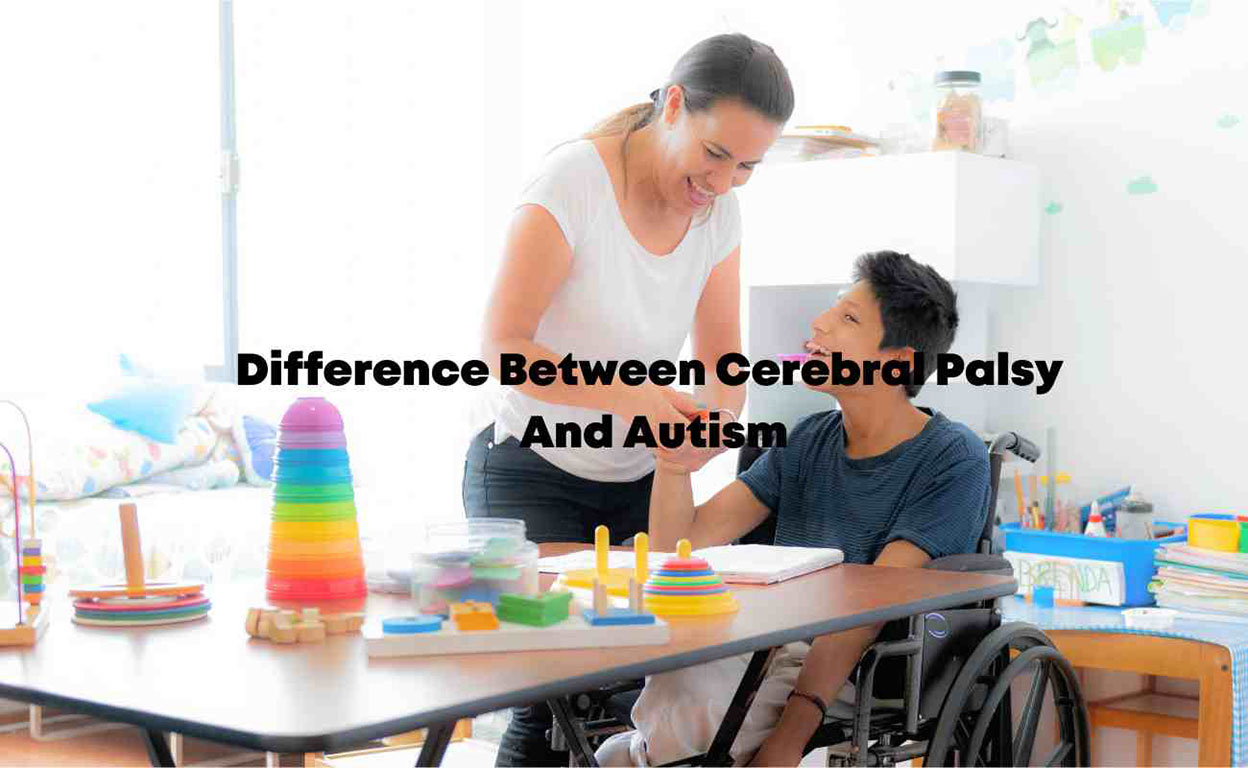
Difference between cerebral palsy and autism
Cerebral Palsy and Autism are lifelong conditions affecting children’s development.
While Cerebral Palsy is a motor disability that affects individuals’ movements and coordination, Autism primarily affects communication, behavior, and social interaction skills.
The two conditions can occur together in some children and require individualized care to improve their quality of life.
Approximately 7% of children with cerebral palsy also have autism.
Differences and Similarities
Although they share similarities, their type of disorders, causes, and symptoms differ significantly.
Cerebral palsy is a motor disability caused by damage to the developing brain before, during, or shortly after birth. It can occur due to premature birth, lack of oxygen, bleeding in the brain, infection, or head injury.
On the other hand, multiple genetic and environmental factors can contribute to autism, but the exact cause is still unknown.
Individuals with cerebral palsy can have co-occurring social or behavioral impairments, that are not directly related to CP.
Individuals with autism can experience motor impairments such as poor coordination, abnormal walking patterns, and seizures. However, motor impairments are not required for an autism diagnosis.
Symptoms
The symptoms of cerebral palsy and autism can overlap, but there are some distinctive markers of each.
Common symptoms of cerebral palsy include;
An abnormal gait
Uncontrolled movements
poor posture
Abnormal muscle tone
Inability to speak, chew, or swallow, and poor balance and coordination.
In contrast, common symptoms of autism include;
Poor use of eye contact
Facial expressions, and gestures,
Difficulty understanding social situations and body language
Uncontrollable outbursts
Repetitive or obsessive behavior and movements
Difficulties making friends and initiating/sustaining conversations,
Delay in or a complete lack of speech, hypersensitivity to sounds or touch, and resistance to change.
Managing Cerebral Palsy and Autism
Managing these conditions can be quite daunting for parents and caregivers.
These are two different developmental conditions, and managing them requires a tailored approach.
While they can’t be reversed, there are interventions that can help develop physical abilities and social behaviors, thus significantly improving the quality of life.
Physical therapy can help improve the strength, mobility, balance, and coordination of individuals with cerebral palsy.
Occupational therapy teaches how to perform daily activities like using the bathroom or putting on clothes and addresses sensory regulation.
Speech therapy helps with communication and socialization skills, while cognitive-behavioral therapy helps transition out of unhealthy behaviors.
Since each case is unique, a personalized approach to management targets and develops specific weaknesses is essential.
Early Intervention
Early intervention is crucial for managing cerebral palsy and autism.
Children’s brains have more neuroplasticity and are, therefore, able to adapt and learn new skills much quicker than adults. A personalized approach to management that targets and develops your child’s specific weaknesses is essential.
Conclusion
As we conclude, let’s quickly review the key points that we’ve covered in this article. Cerebral palsy and autism are both neurological disorders that manifest differently. Cerebral Palsy primarily affects movement while autism mostly impacts communication, behavior, and social interactions. Although these conditions can co-occur, they are not related. Management interventions like physical therapy, occupational therapy, speech therapy, and cognitive-behavioral therapy can help develop a patient’s physical and social behaviors.
Early intervention is key to reducing the progression of motor impairments and improving cognitive skills

